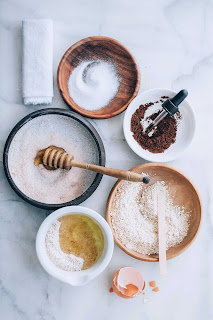Petroleum Jelly For Your Hair

Petroleum jelly was a huge no no a few years ago but there has been a recent surge in its use for sealing in moisture. Petroleum jelly (also called petrolatum) is a mixture of mineral oils and waxes, which form a semisolid jelly-like substance . There are various uses of petroleum jelly when it comes to hair care. 1] Can be used in twisting your hair along with your hair gel. 2] Use as a sealant after moisturizer and light oil. This is especially important during the dry season. 3)To prevent your hair during the relaxer application How do you use your Vaseline jelly?





